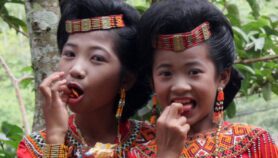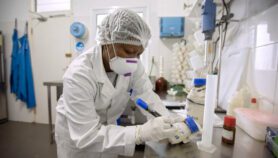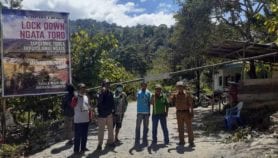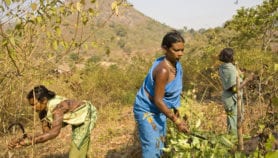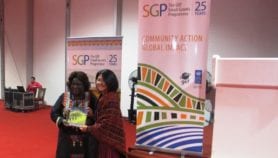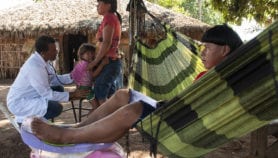Send to a friend
The details you provide on this page will not be used to send unsolicited email, and will not be sold to a 3rd party. See privacy policy.
Academic research and indigenous agricultural knowledge can combine both to improve conditions for poor communities and to increase the variety of produce on supermarket shelves. An example is the amadumbe, a South African vegetable grown traditionally as a subsistence crop, which can now be found in upmarket chain stores in South Africa.
In this article, Malegapuru Makgoba describes a collaboration between a crop scientist and a farming community that has created more food for the farmers and a new market for their produce. Through such initiatives, universities can help serve national development needs while advancing the global store of knowledge, he says.
Growing traditional crops like the amadumbe makes sense, Makgoba says. It is nutritious, drought resistant and easy to grow. Scientific input allowed the community to improve seed quality and yields. And because it is grown according to organic principles, the amadumbe can be sold at a premium in the marketplace.


